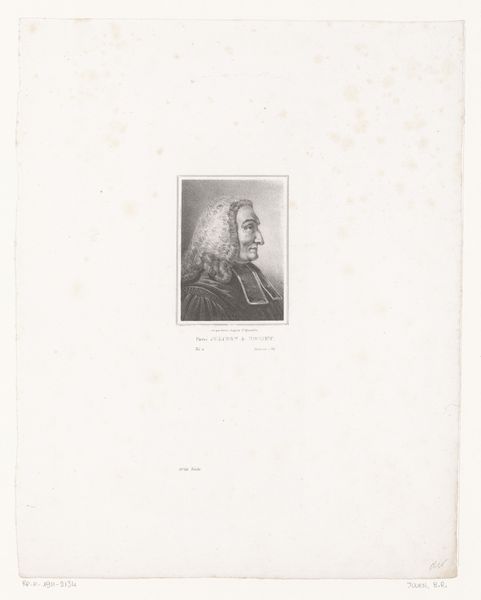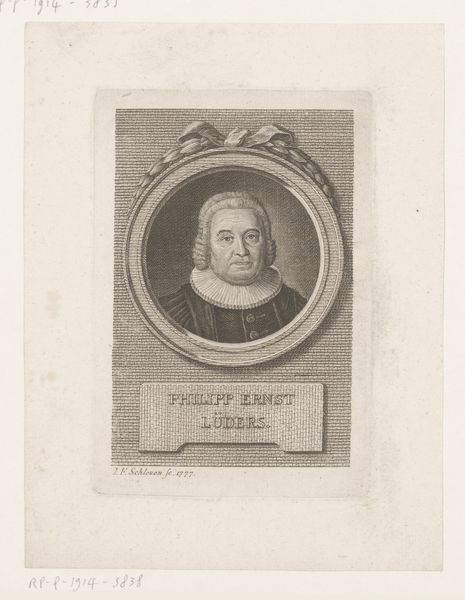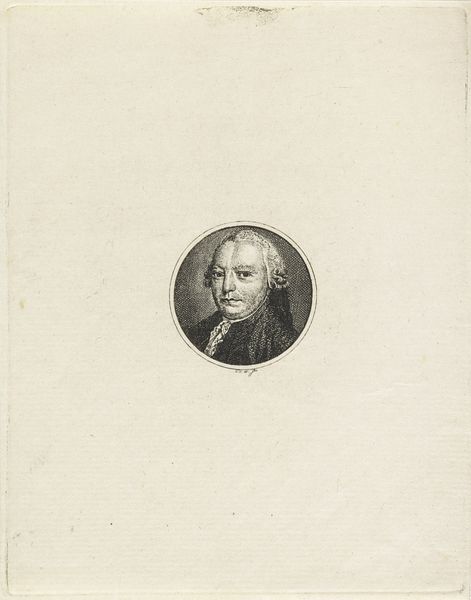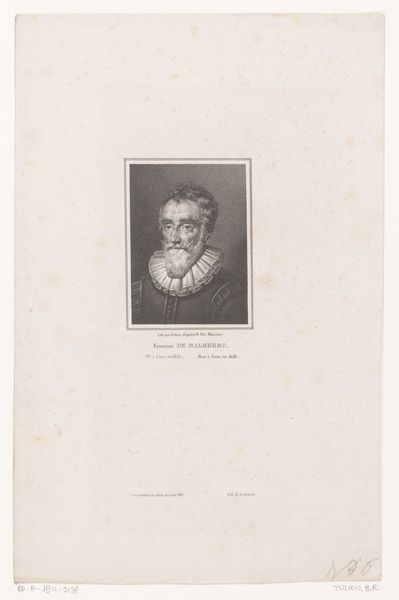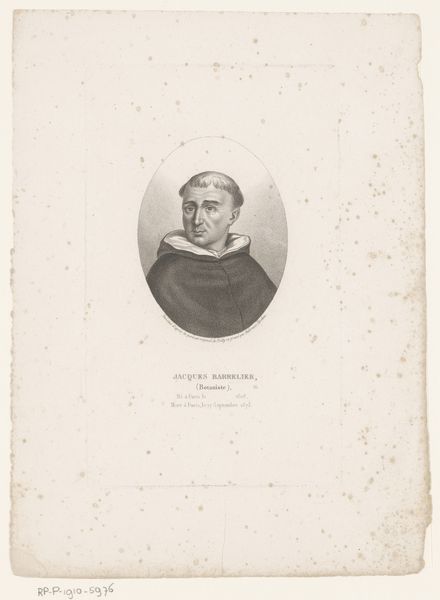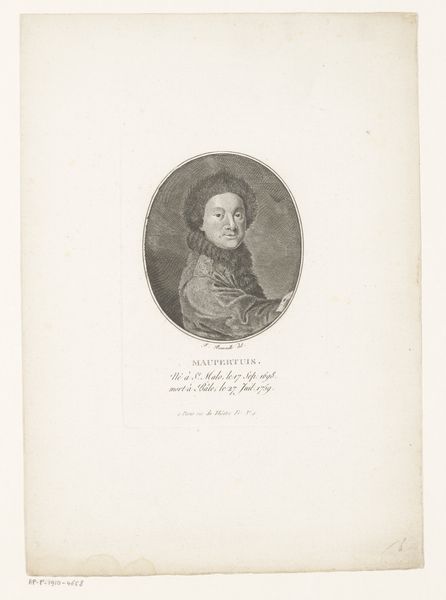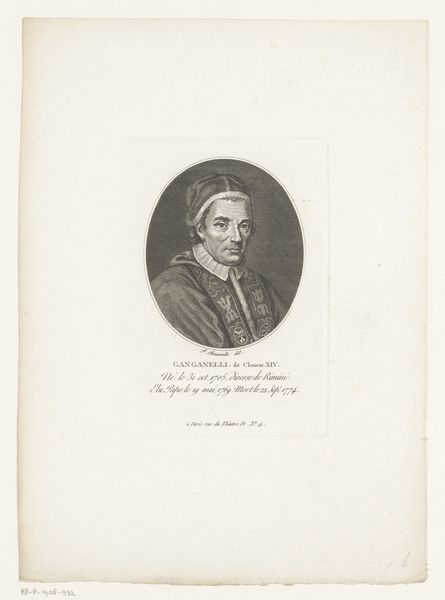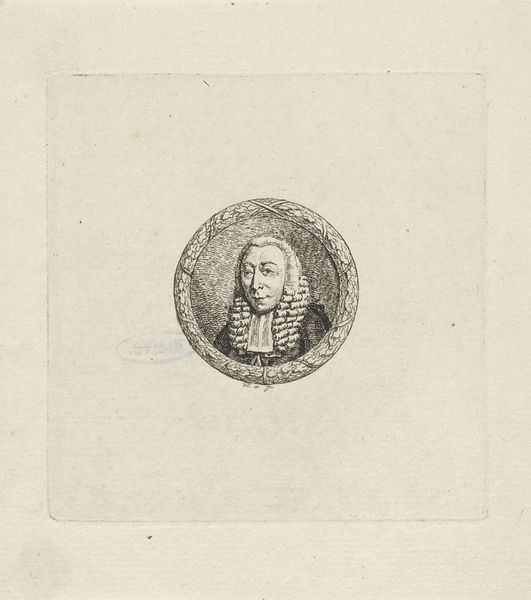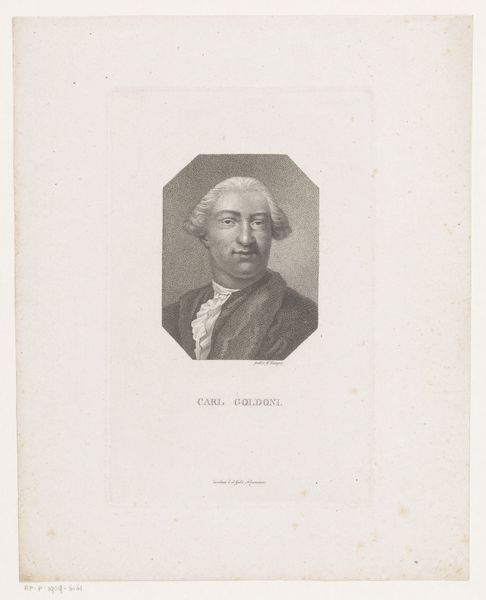
print, engraving
#
portrait
# print
#
engraving
#
realism
Dimensions: height 230 mm, width 159 mm
Copyright: Rijks Museum: Open Domain
Editor: Here we have "Portrait of Christoffel Plantijn," an 1881 print made by Jean Baptiste Pierre Michiels. It's a striking image; the detail in the fur collar and the subject's face is really quite remarkable, considering it's just an engraving. How do you interpret the success of the engraving technique used here? Curator: Observe how Michiels utilizes hatching and stippling to achieve subtle gradations of tone, creating a convincing illusion of three-dimensionality on a two-dimensional plane. The varying density of these marks constructs form, dictates light and shadow, and ultimately, guides the viewer's eye. What impact do you think that precise control of line has on the overall composition? Editor: Well, the clarity does give it a strong sense of realism. The portrait is balanced, formal… imposing, even. Does that have something to do with the lines and tonal balance? Curator: Indeed. Notice the visual weight attributed to the subject's head and upper torso in comparison to the surrounding blank space. This compositional choice directs our focus. Consider too how the meticulously rendered details in the face are offset by the smoother areas. The varying textural treatment creates depth. How might we decode the stylistic decisions that have contributed to its formal aesthetic? Editor: It's really a study in contrasts: detailed versus smooth, light versus dark. So, it's all these formal elements working together to make a unified impression, beyond just a representation of someone? Curator: Precisely. Through the artist's manipulation of line, tone, and composition, a formal dialogue emerges. Editor: This close analysis has really helped me appreciate how much the artist's technical choices affect our reading of a piece. Curator: And that understanding will enhance all your encounters with art moving forward.
Comments
No comments
Be the first to comment and join the conversation on the ultimate creative platform.
